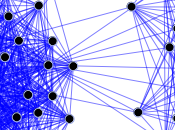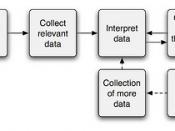Qualitative research methods can be an important part of a social scientist's research repertoire. When skillfully practiced, qualitative methods can provide a means to develop a context-rich description and understanding of phenomena. Qualitative methods are particularly appropriate when the researcher wants to gain a deeper understanding of a known phenomenon or desires to develop knowledge or theory in a new area. Qualitative research is interactive. The opportunity to speak one-on-one with an individual, interface with a group, or observe behavior in its naturally occurring context can be invaluable in helping develop an understanding of how people experience and interpret events. Its primary aim is to understand the meaning of the phenomena under study from the context or perspective of the individuals being studied. It provides a voice for study participants and allows research into complex phenomena that are not readily reduced to quantitative variables for inclusion in surveys or experimental designs (Murray, 1998).
Quantitative methods have been criticized for their narrow focus and inability to adequately capture the diverse array of experiences and contexts that often prevail in social science research. Qualitative designs can complement, enhance, or replace laboratory studies and experimental designs for some areas of study regarding the powerful set of forces at work in people's lives (Gergen, 1973, 1978; Harré and Secord, 1972; Rich and Ginsburg, 1999).
Adequate training in the knowledge and practice of qualitative research methods (e.g., focus groups, interviewing, observation) is critical for researchers to understand and to minimize the bias introduced by the researcher and the research process to the phenomenon under study. In qualitative research the researcher comes very close to the data, with the tools of qualitative methods bringing the data collector into close enough proximity to influence the data. Qualitative data collection is not protected by a structured protocol or...



Long List References/Resources
THANKS FOR THE EFFORT USED TO GET AS MANY REFERENCES INCLUDED AS POSSIBLE XX
0 out of 0 people found this comment useful.